The world's first humanoid robot supermarket
On the opening day of the World Robot Conference 2025 (WRC 2025) on August 8 in Beijing, China officially launched Robot Mall - the world's first supermarket selling humanoid robots. This event not only attracted the attention of the technology world but also affirmed China's leading position in the robotics industry.
The WRC 2025 conference took place from August 8-12, bringing together more than 1,500 products from 200 of the world's leading robotics companies, with more than 400 experts in attendance.
Robot Mall is located in the E-Town (Yizhuang) high-tech zone in southeast Beijing. With an area of 4,000 square meters and four floors, the center operates according to the 4S model similar to the automobile industry, integrating four main functions: sales, maintenance services, spare parts/components supply and customer demand survey.
The ground floor is dedicated to live demonstrations in the industrial and medical fields; the second floor introduces brain-computer interfaces and interactive exhibitions; the third floor provides remote maintenance services; the fourth floor is a high-end business negotiation area.
It showcases more than 100 robot models from about 40 famous Chinese brands, such as Unitree Robotics, UBTech Robotics and Tiangong from the Beijing Humanoid Robot Innovation Center.
Products range from lion dancing dog robots, humanoid robots that make coffee and paint, to high-end models like Unitree's G1 or UBTech's Walker S, with prices ranging from several hundred USD to hundreds of thousands of USD.
"To bring robots into thousands of households, relying on robot companies alone is not enough, we need solutions that are suitable for consumers," Wang Yifan, manager of Robot Mall supermarket, emphasized.
The event reflects China's ambition to commercialize humanoid robots, moving from research to mass production.
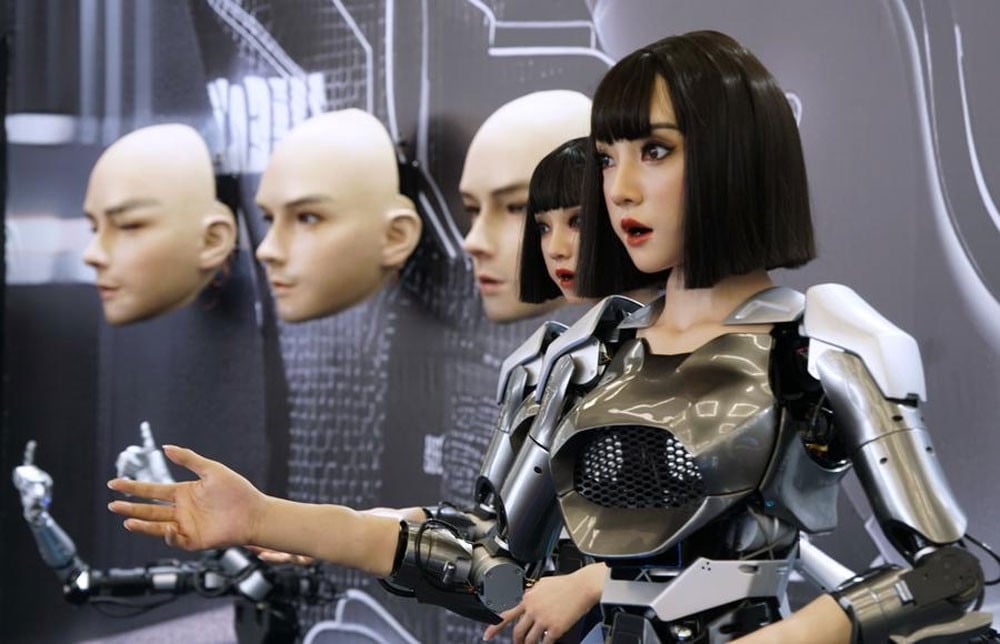
China is leading the world in humanoid robotics technology thanks to its superior strength. In 2024, the country contributed two-thirds of global robot patent applications, produced hundreds of thousands of industrial robots - more than half of all new installations in the world, maintaining its position as the top manufacturer for 11 years.
The “Robot Plus” program has spurred widespread adoption of robots, with factory robot density increasing ninefold over the past decade to 470 sets per 10,000 workers—surpassing the US (295 sets). Advances in sensing, perception, and biocontrol technologies have made major breakthroughs.
In particular, China is leading the trend of "unmanned factories" or "lights-free factories" - where the entire production process is operated by robots without the need for light or human labor.
For example, UBTech has deployed Walker S robots at Foxconn’s iPhone assembly lines, or at BYD and FAW-Volkswagen auto plants, where robots check for refrigerant leaks—a job that is dangerous for humans. These fully automated factories help China cope with an aging population and labor shortage, with the workforce expected to shrink by 22% by 2050.
Trillion-dollar market and the race between China and the US
The global market for humanoid robots is booming, with the potential to transform the world economy . According to Morgan Stanley, the Chinese market is expected to grow 23% a year, reaching $108 billion by 2028 from $47 billion in 2024.
Citigroup predicts a global economy of $7 trillion by 2050, with 648 million humanoid robots operating in manufacturing, healthcare, services and the military. Elon Musk estimates the global economy could grow tenfold thanks to a tireless robot workforce.
Robots are expected to fill labor shortages, especially as China faces a shortage of 30 million manufacturing workers. They take on dangerous, repetitive tasks like sorting trash, delivering medicine at nursing homes, patrolling streets, and giving museum tours.
However, employment trends will change: manual labor will decrease, demand for high-tech jobs will increase, which can lead to mass unemployment if not retrained. Robots will also boost growth, reduce production costs and increase productivity.
China is leading the race thanks to strong government support: a $137 billion fund for AI and robotics, and more than 50-60 startups like EngineAI, Unitree, and AgiBot, which are expected to produce more than 10,000 robots this year, half the global total. Companies like Unitree are starting mass production of 1,000 units a year, or raising large sums of money like Galaxea AI, which raised more than $100 million in July.
Elon Musk said in April that his Optimus robot is leading in performance, but China is likely to dominate the field, with “numbers 2 to 10 going to be Chinese companies.”
The US has an innovation advantage with Boston Dynamics, Agility Robotics, Figure AI and Tesla's Optimus - expected to produce 1 million robots/year by 2027, priced at $20,000-$30,000. However, the US lacks the large-scale support of China, which has a model more suitable for long-term investment.
"China is winning the humanoid robot war," says expert Henrik Christensen. This fierce race is not only about economics but also about geopolitics, deciding who leads the future of automation.
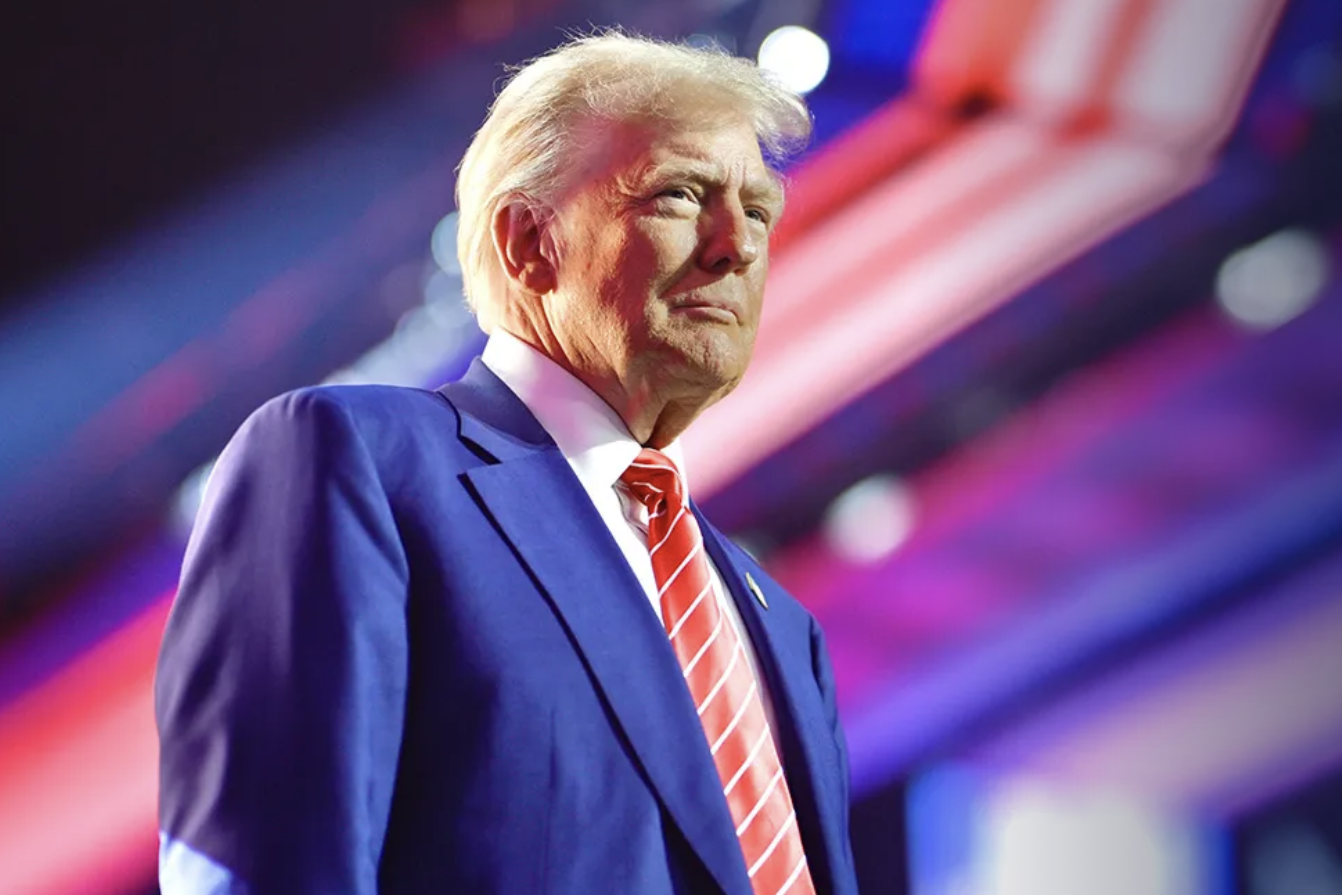
Source: https://vietnamnet.vn/trung-quoc-ra-mat-sieu-thi-robot-hinh-nguoi-cuoc-chien-nghin-ty-usd-khoc-liet-2430512.html



![[Photo] Prime Minister Pham Minh Chinh attends the World Congress of the International Federation of Freight Forwarders and Transport Associations - FIATA](https://vphoto.vietnam.vn/thumb/1200x675/vietnam/resource/IMAGE/2025/10/08/1759936077106_dsc-0434-jpg.webp)
![[Photo] Prime Minister Pham Minh Chinh inspects and directs the work of overcoming the consequences of floods after the storm in Thai Nguyen](https://vphoto.vietnam.vn/thumb/1200x675/vietnam/resource/IMAGE/2025/10/08/1759930075451_dsc-9441-jpg.webp)



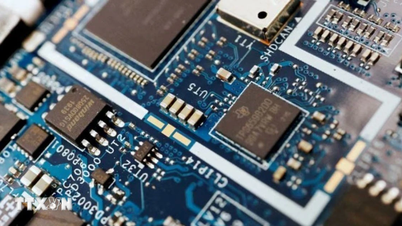





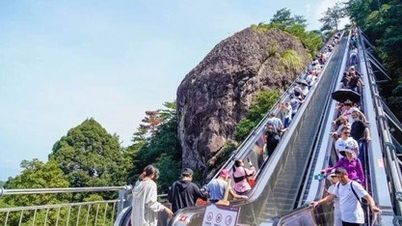




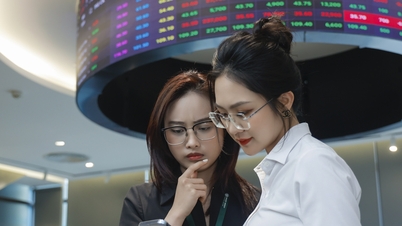











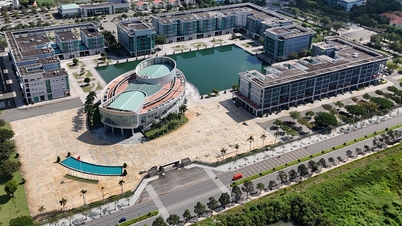






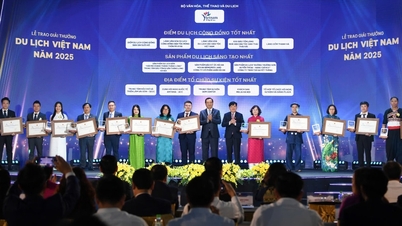





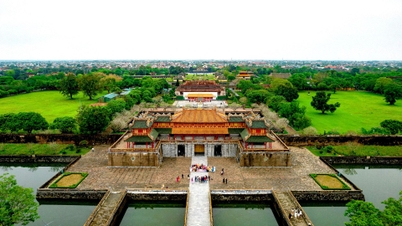



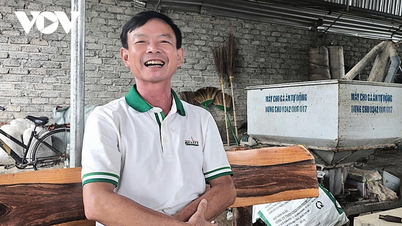





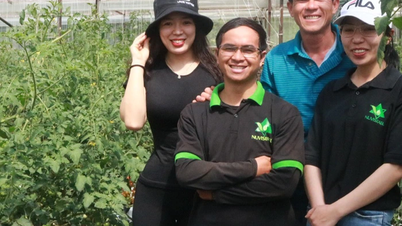


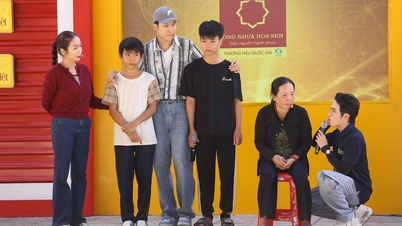
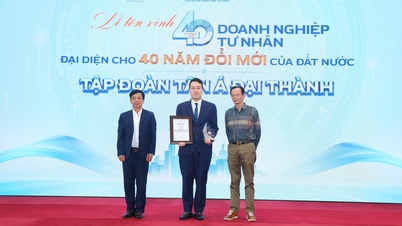



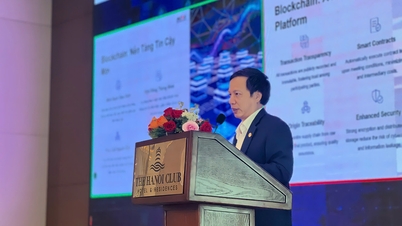





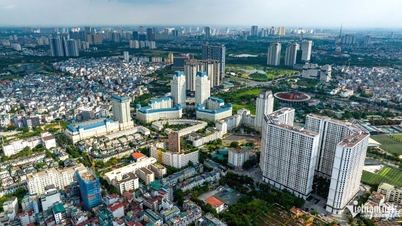
























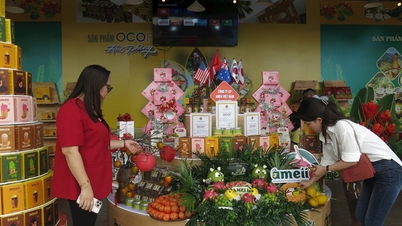





Comment (0)